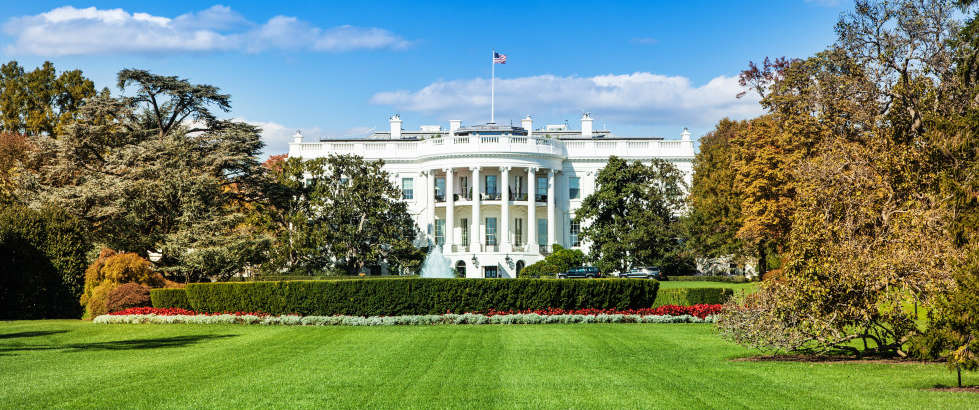
Washington D.C., the nation's capital, is a hub of political, cultural, and historical significance. The city is known for its iconic landmarks such as the White House, the U.S. Capitol, and the Lincoln Memorial, as well as numerous museums and monuments. Economically, Washington D.C. benefits from a strong presence of federal government institutions, along with sectors like education, healthcare, and tourism contributing significantly to its economy. However, the cost of living in D.C. is notably high, driven by expensive housing, goods, and services. Despite recent inflation and rising food costs, the search for affordable living areas within or near the city remains crucial for many residents.
Affordable living in Washington D.C. can often be found in neighborhoods that are less central but still accessible via the city's extensive public transportation system. These areas typically have lower housing costs and more manageable living expenses, providing financial relief for residents. Affordability is a vital aspect of livability, as it ensures that individuals and families can maintain a comfortable lifestyle without excessive financial burden. Factors contributing to the cheapest places to live in Washington D.C. include lower housing demand in less central neighborhoods, effective local policies, and accessible public services. Utilizing C2ER's cost of living data helps highlight these affordable regions, guiding residents in making informed decisions. In a city with such national importance and vibrant cultural life, finding affordable living options enhances the overall experience of living in Washington D.C.
| Rank | Location | Population | COL Index | Med. Home Value | Med. Household Inc. |
| 1 | Washington | 701,974 | 164 | $618,100 | $90,842 |
| 2 | Washington | 701,974 | 164 | $618,100 | $79,273 |
| 3 | Washington | 701,974 | 164 | $618,100 | $73,812 |
| 4 | Washington | 701,974 | 164 | $618,100 | $94,929 |
| 5 | Washington | 701,974 | 164 | $618,100 | $134,859 |
| 6 | Washington | 701,974 | 164 | $618,100 | $138,234 |
| 7 | Washington | 701,974 | 164 | $618,100 | $91,084 |
| 8 | Washington | 701,974 | 164 | $618,100 | $67,389 |
| 9 | Washington | 701,974 | 164 | $618,100 | $115,365 |
| 10 | Washington | 701,974 | 164 | $618,100 | $178,534 |
| 11 | Washington | 701,974 | 164 | $618,100 | $66,121 |
| 12 | Washington | 701,974 | 164 | $618,100 | $38,135 |
| 13 | Washington | 701,974 | 164 | $618,100 | $101,976 |
| 14 | Washington | 701,974 | 164 | $618,100 | $102,238 |
| 15 | Washington | 701,974 | 164 | $618,100 | $140,259 |
| 16 | Washington | 701,974 | 164 | $618,100 | $154,600 |
| 17 | Washington | 701,974 | 164 | $618,100 | $69,793 |
| 18 | Washington | 701,974 | 164 | $618,100 | $81,113 |
| 19 | Washington | 701,974 | 164 | $618,100 | $142,356 |
| 20 | Washington | 701,974 | 164 | $618,100 | $57,873 |
| 21 | Washington | 701,974 | 164 | $618,100 | $96,571 |
| 22 | Washington | 701,974 | 164 | $618,100 | $107,136 |
| 23 | Washington | 701,974 | 164 | $618,100 | $100,118 |
| 24 | Washington | 701,974 | 164 | $618,100 | $115,917 |
| 25 | Washington | 701,974 | 164 | $618,100 | $166,149 |
| 26 | Washington | 701,974 | 164 | $618,100 | $156,869 |
| 27 | Washington | 701,974 | 164 | $618,100 | $88,444 |
| 28 | Washington | 701,974 | 164 | $618,100 | $102,992 |
| 29 | Washington | 701,974 | 164 | $618,100 | $147,242 |
| 30 | Washington | 701,974 | 164 | $618,100 | $150,426 |
| 31 | Washington | 701,974 | 164 | $618,100 | $77,486 |
| 32 | Washington | 701,974 | 164 | $618,100 | $41,869 |
| 33 | Washington | 701,974 | 164 | $618,100 | $98,703 |
| 34 | Washington | 701,974 | 164 | $618,100 | $176,403 |
| 35 | Washington | 701,974 | 164 | $618,100 | $86,024 |
To formulate the list of the cheapest places to live in {$this->m->names->state}, AreaVibes utilized comprehensive data from the Council for Community and Economic Research (C2ER) cost of living index. The report is released annually and offers a detailed comparison of living expenses across various urban areas. The data is meticulously gathered by over 300 independent researchers, ensuring a high level of accuracy and reliability. The C2ER index encompasses more than 60 goods and services, categorized into six essential areas that significantly impact the cost of living. These categories and their respective weightings in the index are as follows: goods and services (33%), groceries (13%), health care (5%), housing (30%), transportation (9%), and utilities (10%).
The map above is a great way to help you discover the most affordable states across the U.S. By highlighting states with the lowest cost of living, this map provides an in-depth look at where you can get the most value for your money. By visually representing this data, the map allows users to easily compare different regions and make informed decisions about potential relocations or investments. Additionally, it provides valuable insights into the economic conditions and lifestyle factors that influence these cost of living statistics. Whether you're planning a move, considering a new job, or simply curious about the economic landscape, this map is a useful resource for understanding and navigating the financial implications of living in different states.